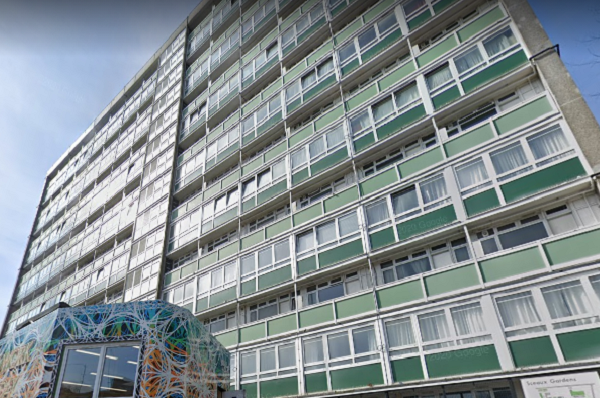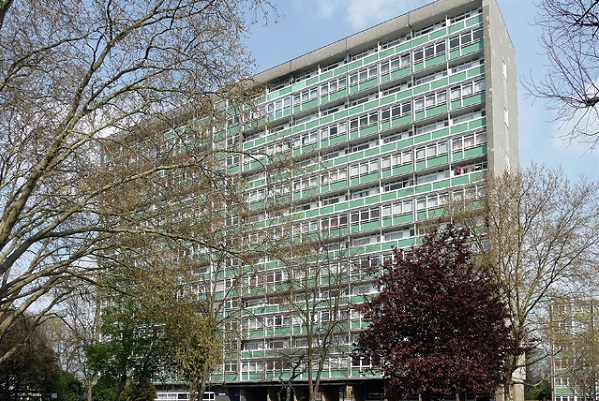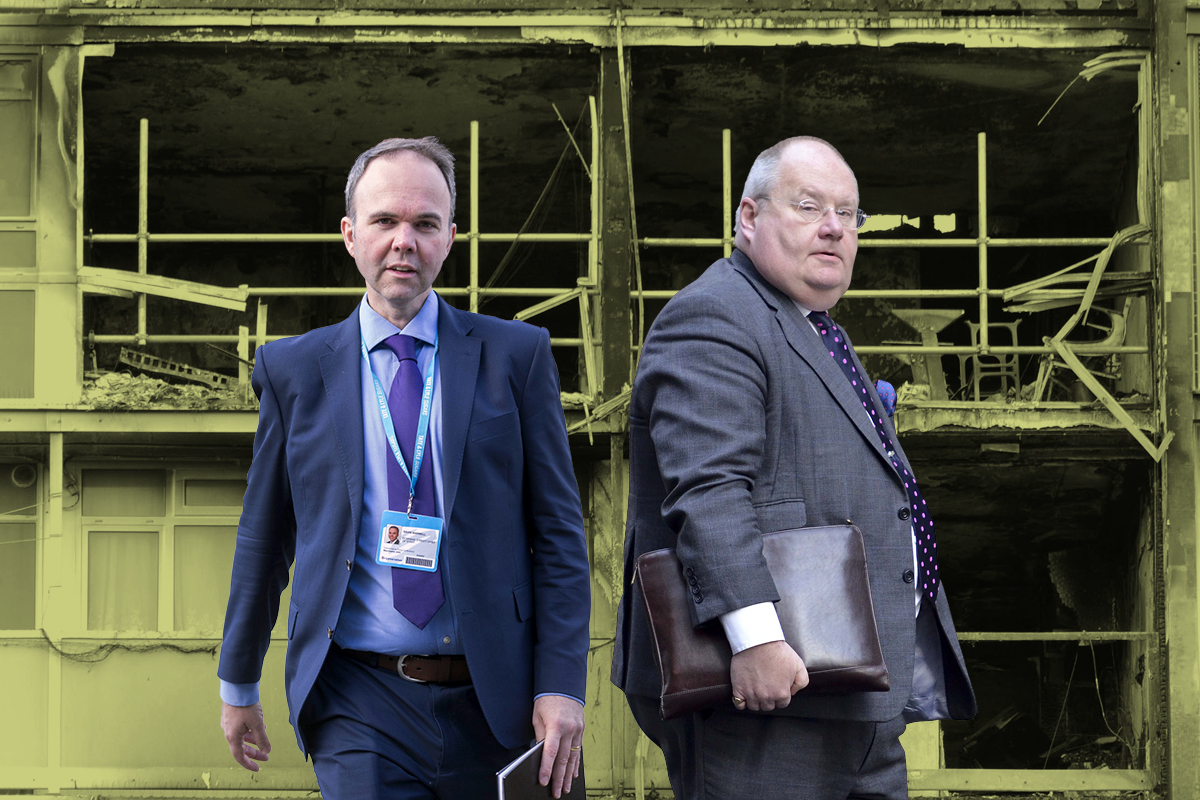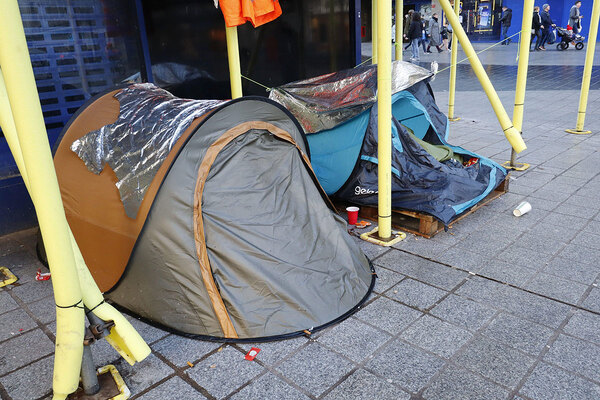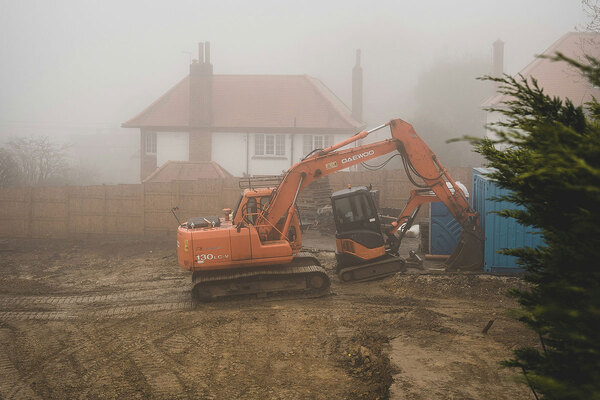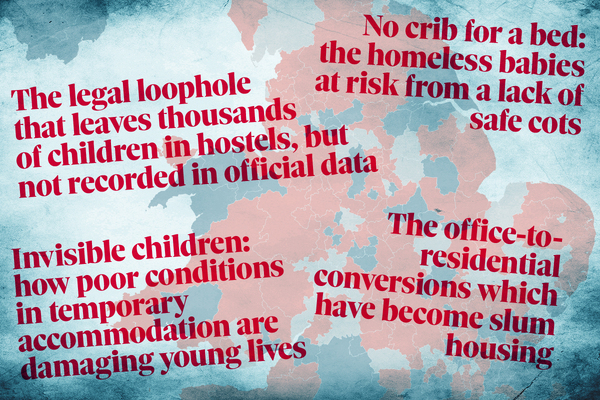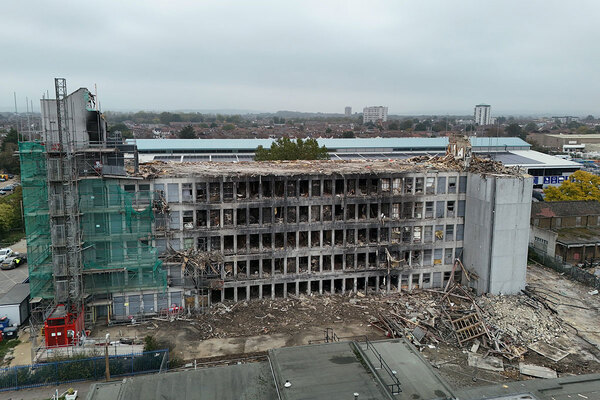Fire risk assessment to Lakanal House sister block found ‘substantial risk’
The neighbouring block to Lakanal House was ranked as posing a “substantial risk” in a fire risk assessment a year ago, as a result of concerns about its internal compartmentation and combustible materials on its exterior.

Residents were alarmed before Christmas by the imposition of a ‘waking watch’ – a 24-hour fire patrol – at Marie Curie House in Camberwell, the sister block of Lakanal House, where six people died in a fire in 2009.
Inside Housing has obtained the January 2020 risk assessment for the property, which lists a series of defects including combustible phenolic foam window panels, said to comprise 50% of the external walls of the building.
A spokesperson for Southwark Council, the landlord of the block, said that the authority is working “quickly and meticulously” to address the issues, but that the coronavirus pandemic had slowed some of its planned work.
The spokesperson added that the imposition of the waking watch and ongoing fire alarm installation had reduced the current risk rating of the block to ‘high moderate’.
The risk assessment identified:
- The external walls of the 16-storey building were fitted with ‘infill panels’ below windows made of aluminium and phenolic foam insulation. The risk assessment said this would not comply with guidance and had been approved through a ‘desktop study’. “This combination of materials could potentially present a notable fire hazard on residential buildings over 18m,” the assessor wrote.
- Compartmentation – the features of a building that prevent fire spreading from flat to flat and into communal areas – was said not to be suitable. The risk assessor found several breaches, including holes in suspended ceilings, and said a full ‘type four’ assessment was required to assess compartmentation across the block. The assessor said these defects were enough to “compromise the fire safety integrity and compartmentation to support ‘stay put’ strategy”.
- Several fire doors were found not to close fully or to leave gaps around the frame. They were said to be fitted with ‘Perkomatic’ self-closing devices that required upgrading to a higher standard.
- A sprinkler system in the bin store had been decommissioned.
- As a result of these issues the building was given a “substantial risk” rating, meaning “risk reduction measures should be implemented urgently”. The risk assessment set April 2020 deadlines for much of its work and said that “a full review” of stay put advice was required and that a further risk assessment should be carried out within six months to assess progress.
Southwark Council said that an independent intrusive survey had been carried out to assess the compartmentation issues and that a report listing remedial works had been presented to the council. The block is having fire alarms fitted.
“Other issues highlighted in our fire risk assessment will be dealt with in order of urgency or when we can schedule in major works with appropriate contractors. This includes, and is not limited to, work to fire doors and ducts, the removal and replacement of any materials which do not comply with current fire standards as required, and a decision to be taken on the reinstatement of sprinklers if necessary,” a spokesperson added.
“We can assure residents that the [fire risk assessments] are comprehensive and we will be addressing anything which presents a risk. We are working quickly and meticulously, alongside the fire brigade, to resolve any problems at Marie Curie, and residents are safe with the current measures we have instated.”
The spokesperson added that some works had been delayed by the council’s pandemic response but said it was “working hard to reschedule any necessary works”.
A ‘waking watch’ was only imposed in December, understood to have been a result of further surveys finding compartmentation breaches between flats.
In 2009, Lakanal House – which was built to the same design as Marie Curie – suffered a serious fire that killed six residents including three children.
Flames spread across external window panels, made from a combustible high-pressure laminate material, with smoke and flame spreading between flats due to multiple compartmentation failures.
These included the failure of fire doors, missing fire-stopping from suspended ceilings and the passage of smoke through ducts connecting bathrooms to other flats.
In 2017, Southwark Council pled guilty to four offences under fire safety regulations in relation to the fire and was made to pay a £570,000 penalty.
Inside Housing reported over the summer that replacement panels fitted to Lakanal House in the aftermath of that fire may be replaced again.
Sign up for our fire safety newsletter
Already have an account? Click here to manage your newsletters
